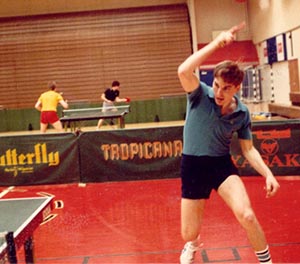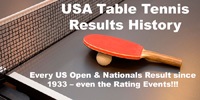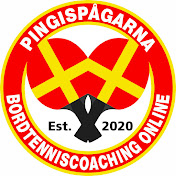USATT Election
Well, I won. For some reason the vote totals are not given. Anyway, now the real work begins. We've got a big job ahead of us!
I promised to do a lot, but in my mind, these weren't just promises; these were things we simply need to do, and either I do it or someone else does it. I'll be looking for talented people to do as much of it as possible, and taking charge of other items. Some of the issues involve simply making a motion at a board meeting, but it's never as simple as that. Most votes are decided before the motion is made, so I can't just show up and make the motion; I have to bring it up with board members in advance, argue the case, and try to convince them of the importance of the motion. The five "Big Issues" will take a lot of organizational work - but I'm ready to get started! I won't be alone; there are plenty of others in USATT ready to jump in.
I do have a pretty clear roadmap on how we should address each of these issues. I plan to get started on all of them this first year, though some will take years to resolve. Some will be easy fixes; some will take a lot of time and work. Sometimes things will work out perfectly in the way that I foresaw; other times a better solution will emerge, and I'll adopt that instead. The final result is what counts, so we have to be flexible in finding the means to the result.
I think it's important that I and others at USATT remember this quote from Robert F. Kennedy: "Only those who dare to fail greatly can ever achieve greatly." I want to achieve greatly, and so do others from USATT, and that means taking risks on new ventures. The very idea of growing USATT from its current "round-off error" membership numbers is itself a risky venture. But we're going to do it.


 Photo by Donna Sakai
Photo by Donna Sakai


